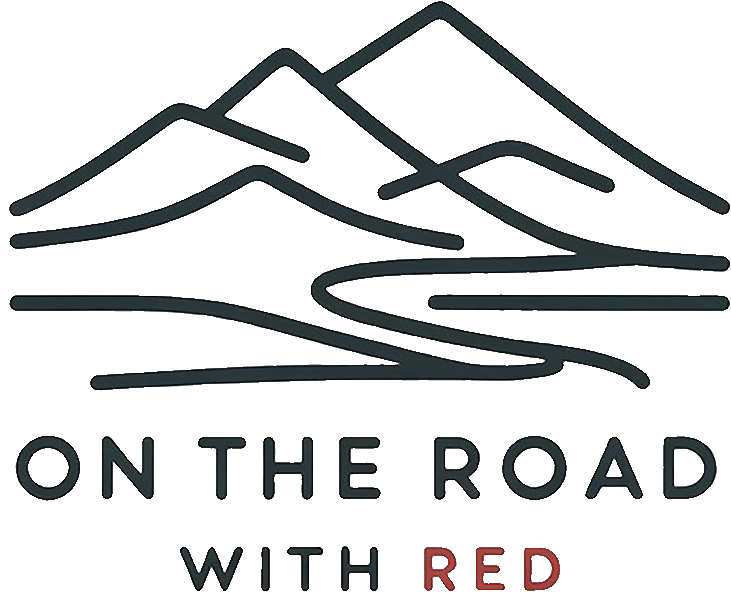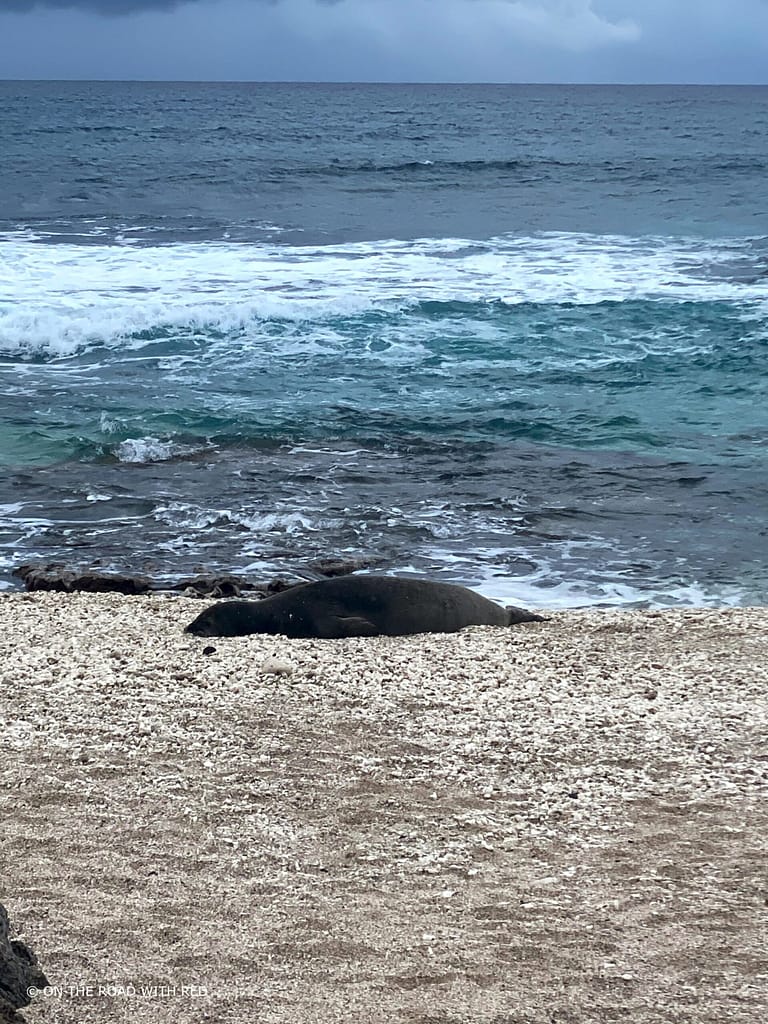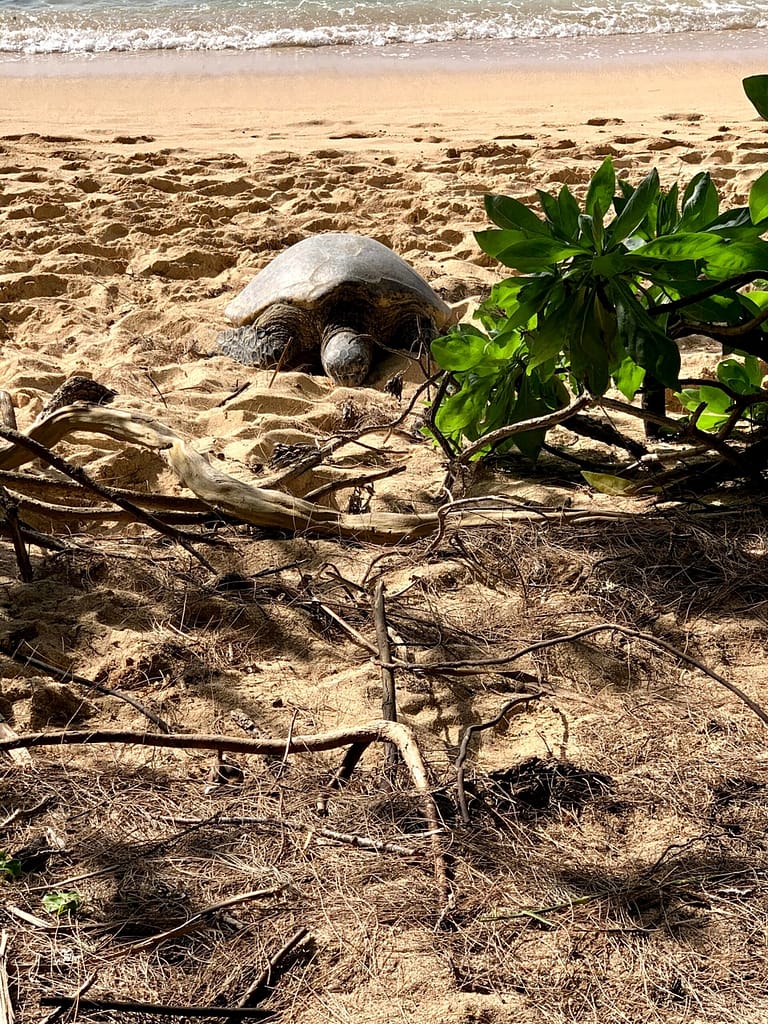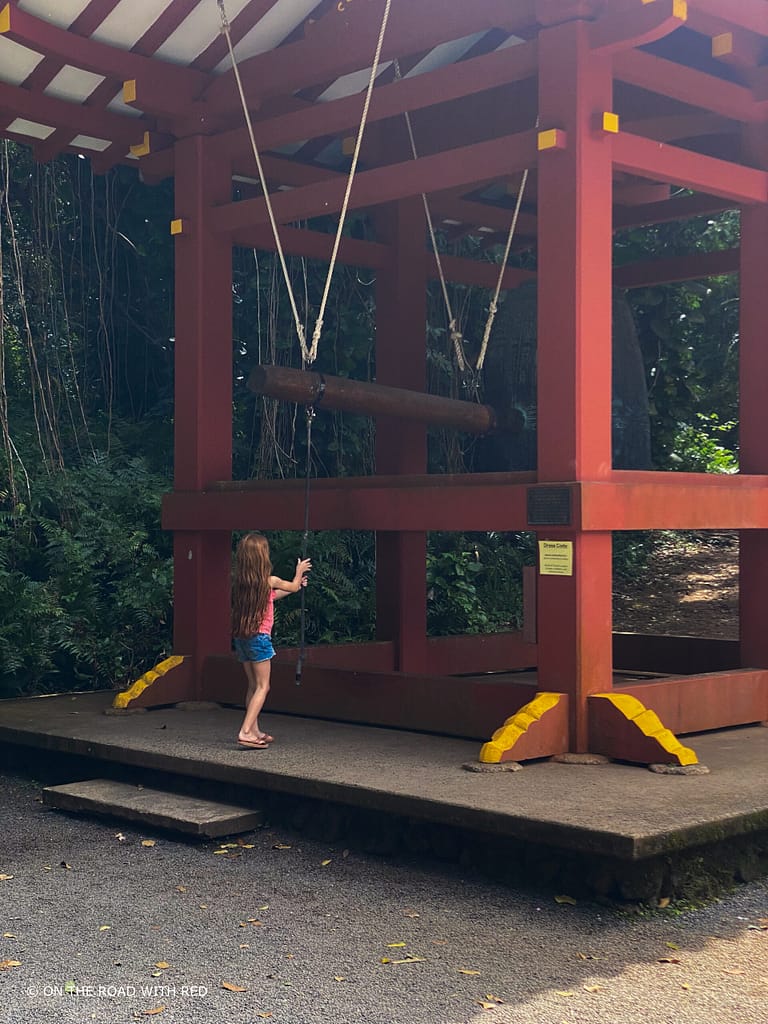
World Schooling as Nomads
World schooling as nomads has been a life-changing experience. Imagine a classroom with no walls, where the world is your textbook, and every day is an opportunity for discovery. That’s the essence of world schooling as nomads. A unique approach embraced by nomadic families like ours. We’ve embarked on a journey that redefines education, and we’ve discovered that the world itself is the greatest teacher. In this blog post, we’ll explore the world of world schooling, sharing resources, insights, and its impact. Read along to hear about our journey in World Schooling as Nomads: Learning Beyond the Classroom.
Resources for World Schooling
But before we dive into the adventures, let’s take a look at some resources that have helped our world schooling as nomads journey. These are resources that we have personally used many times. They have been invaluable assets to our curriculums:
- Khan Academy: A free and comprehensive online resource for math, science, and more. Khan Academy offers self-paced learning and interactive exercises. I love Khan Academy because it also offers Khan Kids which covers preschool through second grade. It has a game-based format. In today’s world, that is great for keeping kids engaged in learning.
- Duolingo and Babbel: These language learning apps make it fun. Both kids and adults can pick up new languages on the go. Check out Duolingo and Babbel for more details. These have been incredibly useful in helping all of us begin to learn a foundation of several languages before starting in-person classes.
- Blossom and Root: A nature-based homeschool curriculum that encourages learning through exploration of the natural world. Learn more about it on Blossom and Root’s website. We started with this curriculum in Kindergarten for our daughter and pulled different parts at different times. There are still different concepts we pull from within the curriculum.
- Build Your Library: A literature-based curriculum that fosters a love for reading and learning through book lists. Discover more on the Build Your Library website. We started using this for our youngest son in 7th grade. He was not a huge reader but it was still a great curriculum because the book lists were so unique and engaging. It added a new depth of learning.
The World as Our Classroom:
Traveling full-time as nomads, we’ve found that the world is the ultimate classroom. This has provided many opportunities for journey-based Learning. Every destination opens doors to education:
- Language Immersion: Learning languages becomes a daily practice as we engage with locals, helping us bridge cultural gaps and connect with people on a deeper level. Platforms like Duolingo and Babbel can supplement this real-world learning.
- Cultural Exploration: We delve into the heart of diverse cultures, participating in local customs, traditions, and celebrations. This hands-on learning brings textbooks to life, much like the experiences shared on platforms like Culture Trip.
- Climate and Geography: Experiencing climates and landscapes across the globe teaches us about weather patterns, ecosystems, and geological wonders. Websites like National Geographic provide a wealth of information on these topics.
- Flora and Fauna: Encounters with native plants and animals provide valuable lessons in biology, ecology, and environmental conservation. Resources like the World Wildlife Fund offer great insights into wildlife conservation.
- Economic Insights: Understanding the economies of different countries becomes tangible as we witness varying standards of living and economic systems. Sites like Investopedia offer explanations of different economic systems and principles.
- UNESCO World Heritage Sites: These sites serve as landmarks in our journey, offering historical, cultural, and natural wonders that enrich our understanding of the world. You can explore these sites further on the UNESCO official website.
- Measurements and Time Zones: Navigating different systems of measurement and time zones broadens our mathematical and geographical knowledge. Websites like Time and Date can help understand time zone differences. Living in the US for most of our lives, we used the Imperial System mostly. Traveling full-time has made it so much easier to start using the Metric System regularly.
- Culinary Adventures: Sampling local foods teaches us about nutrition, agriculture, and the culinary arts. Websites like Epicurious offer a wide range of recipes and culinary insights from around the world.
True Cultural Immersion:
Our approach to world schooling as nomads goes beyond being tourists. We immerse ourselves in the cultures we encounter:
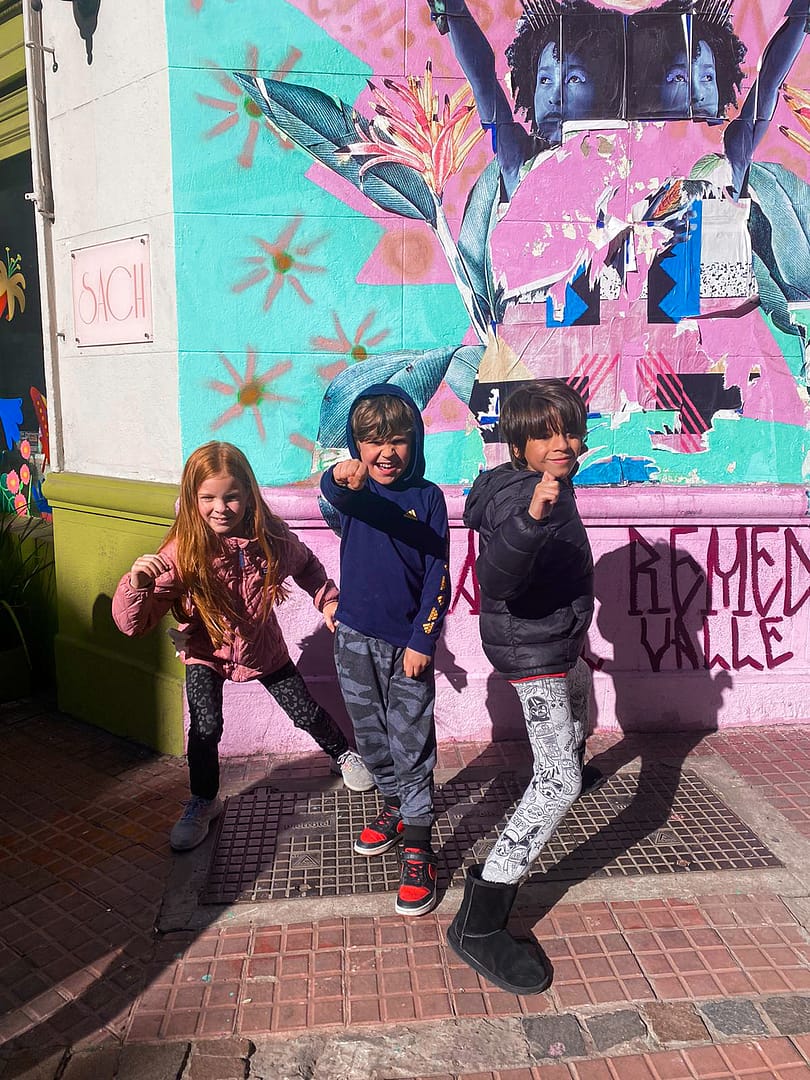
- Connecting with Locals: We strive to engage with locals, even when language differences exist. Playing with children in a park or sharing a meal with a family can be a powerful form of cultural exchange. Websites like Couchsurfing or Meetup can help in connecting with locals.
- Museums and Art: We visit museums and art galleries, having discussions about history, art, and the stories they tell. Websites like Museum Network can provide information on museums worldwide.
- Music and Dance: We embrace the universal language of music and dance, joining in local rhythms and learning about musical traditions. Platforms like Songkick or Eventbrite can help find local music and dance events.
- Cultural Events: Participating in local festivals and events provides insight into traditions, rituals, and the importance of community.
A Profound Learning Experience:
World schooling as nomads is a magical journey that extends far beyond the reach of a classroom. It fosters a love for learning, an appreciation for cultural diversity, and a connection to the planet and its people. Our children have learned about kindness, empathy, and the beauty of human connection in ways that no textbook could ever convey.
Unschooling
Unschooling, a unique approach to education, turns traditional schooling on its head. I feel like world schooling pulls in many of unschooling naturally. At its core, unschooling is about child-led learning, where the child’s interests and curiosities drive their educational journey rather than a predetermined curriculum.
This method fosters an environment where learning is not confined to textbooks or classrooms but is instead integrated into everyday life. It’s about viewing the world as a vibrant classroom, where a trip to the grocery store can be a lesson in economics, a nature hike can teach biology, and cooking a family meal becomes a practical math class. Unschooling encourages children to explore, question, and connect with the world around them in a deeply personal and meaningful way. This approach cultivates not only academic skills but also life skills like critical thinking, creativity, and adaptability, preparing children to navigate the complexities of the real world with confidence and curiosity.
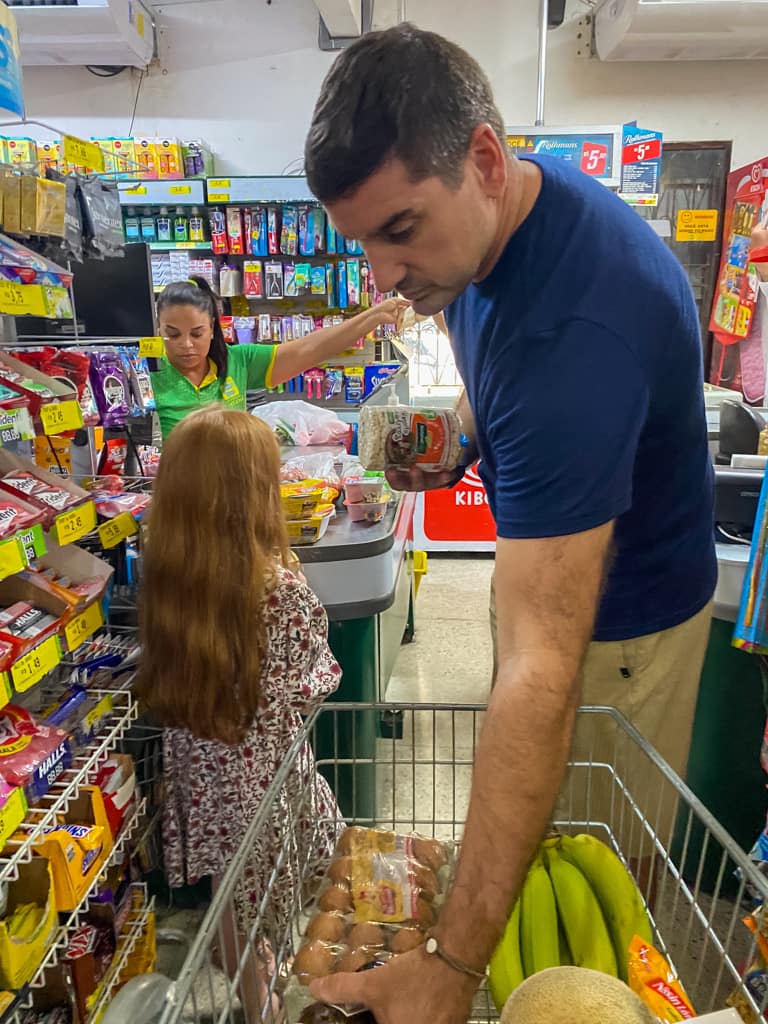
We respect that every family’s educational path is unique, but we’re here to share our experiences and provide tips for integrating world schooling into your child’s education, no matter where you live. We’re not experts, but we’re eager learners, and every day on the road brings new opportunities for growth and discovery.
One day, a marmoset eating from our hand in a Brazilian forest brought tears to our eyes. The world is indeed amazing, and world schooling allows us to savor every moment of wonder it offers. So, whether you’re considering world schooling or simply seeking to enrich your child’s education, remember that the world is the greatest classroom of all. Education opportunities are everywhere.
On the Road
As we wrap up this journey through the vibrant and enriching world of schooling on the go, it’s clear that the world has more lessons to offer than any single textbook could capture. Our adventures across continents have not only taught us about the diverse cultures, languages, and histories of our planet, but they’ve also been a living classroom for our daughter, instilling in her lessons of resilience, adaptability, and the joy of lifelong learning.
Traveling the world with children might seem daunting at first, but it’s a decision we’ve never regretted. Each new destination brings its unique set of experiences, challenges, and triumphs, contributing to a well-rounded education that goes beyond academics. Whether it’s learning a new language in a cozy café in Argentina, or learning about biodiversity while hiking in the Atlantic Forest in Brazil, every moment is an opportunity for learning and growth.
At ‘On the Road with Red’, we believe that travel is not just about seeing new places but about the transformation that occurs within us. It’s about the stories we gather, the people we meet, and the memories we create together as a family. World schooling isn’t just a teaching method; it’s a lifestyle that encourages curiosity, empathy, and a deep appreciation for our world’s wonders.
So, to all the adventurous families out there contemplating leaping world schooling, our message is simple: Embrace the unknown, cherish the learning moments, and let the world be your teacher. You won’t regret it.
Last Updated on December 8, 2023 by On the Road with Red
